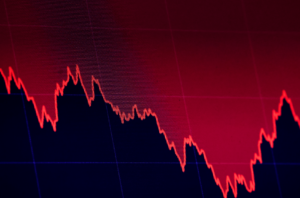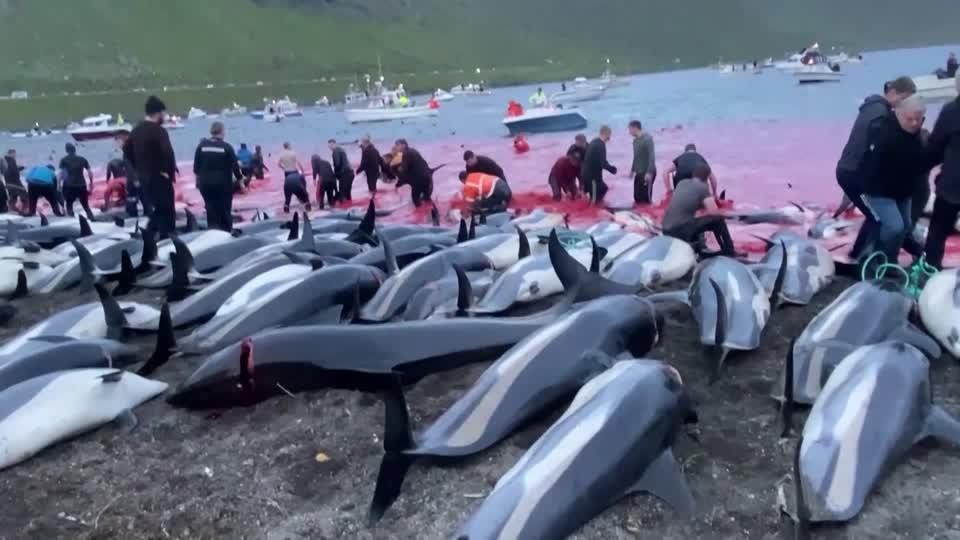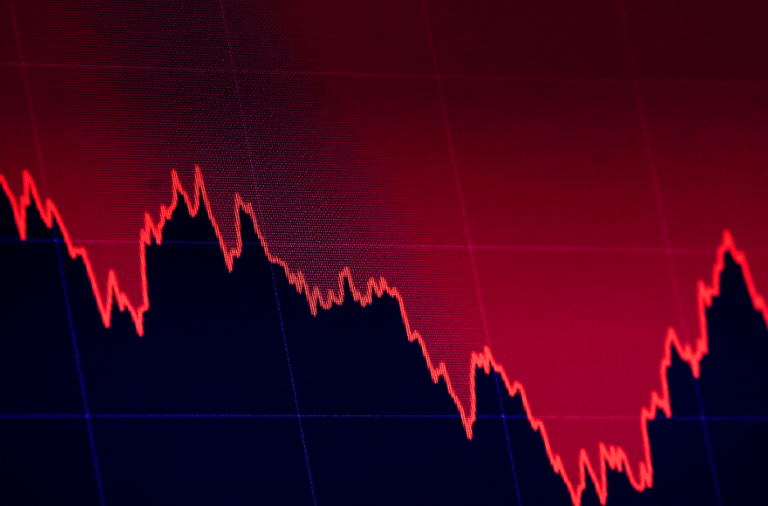In the Faeroe Islands, dolphin hunting has been a common practice for millennia. However, when more than 1,400 aquatic animals were slaughtered in a record-breaking massacre, global environmental groups and the international public took notice.
The massacre provoked outrage among different environmental groups and from people on social media. Even those who support the practice expressed concern that this year’s event could prompt increased scrutiny. The hunt in the North Atlantic islands is not done for commercial purposes and is authorized by the government.
Residents of the Faeroe Islands have participated in the yearly hunting event known as the “grind,” or grindadráp in Faeroese, for hundreds of years. Pilot whales, the second biggest dolphin species after orcas, and other dolphins are rounded up and herded into fjords before being stabbed to death.
The Netflix documentary “Seaspiracy” earlier this year exposed the secluded island’s heritage to a worldwide audience. The practice is completely controlled and sustainable, according to the Faeroese government, with an average of 600 pilot whales and 250 white-sided dolphins captured each year over the last two decades.
The capture this year, however, exceeded that average, with the Seattle-based Sea Shepherd Conservation Society estimating that at least 1,428 white-sided dolphins were killed in a “cruel and unnecessary hunt.”
“Considering the times we are in, with a global pandemic and the world coming to a halt, it’s absolutely appalling to see an attack on nature of this scale in the Faroe Islands,” Sea Shepherd Global CEO Alex Cornelissen said.
PETA has been calling for a stop to the “bloody whale massacre” in the Faeroe Islands for years. The harvest, according to Bjarni Mikkelsen, a marine researcher from the Faeroe Islands, was the greatest number of dolphins killed in a single day on the islands. Previously, he said that the greatest number was 1,200 in 1940.












